International researcher team develop method for producing magnets for information technology.
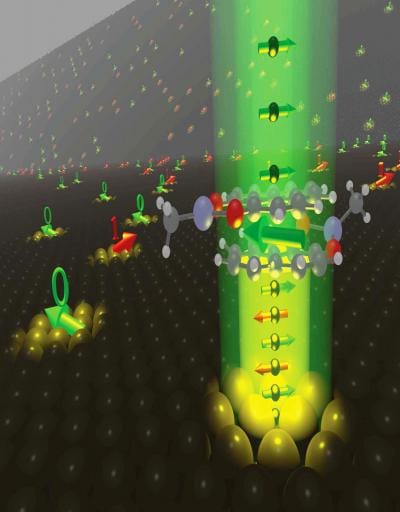

International researcher team develop method for producing magnets for information technology.
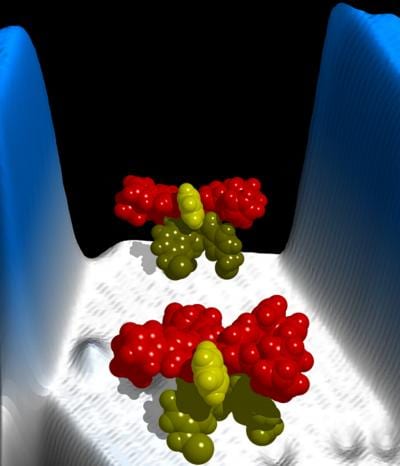
Study offers blueprint for creating machines at the nanoscale and is essential step towards new class of nanodevices.
University of Würzburg physicists have modified silicon carbide crystals and found that they may have application in quantum computing.
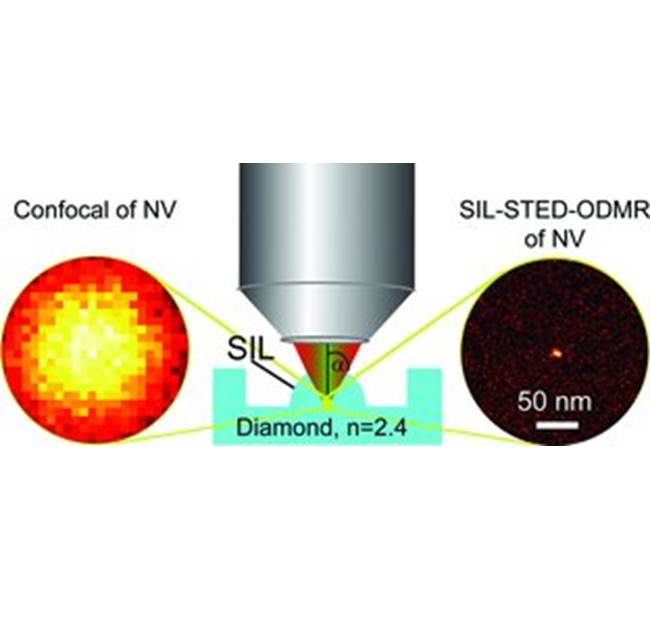
Stefan Hell and co-workers have achieved maximum spatial resolution in far-field optical imaging by applying solid immersion lenses to stimulated emission depletion microscopy.
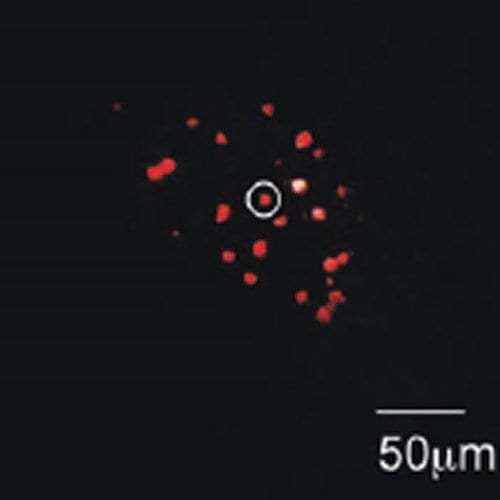
Russian scientists have made nanodiamonds with a higher concentration of nitrogen vacancy centers, with a better efficiency than was previously possible.

Scientists created flexible probabilistic bits from custom polymers, offering a new, energy-efficient path for AI and machine learning using classical physics.

Subtle inflaton interactions may reshape our understanding of cosmic inflation, altering predictions about dark matter, black holes, and gravitational waves.

“We’ve essentially reworked the standard recipe for making organic light emitting diodes, like those found in smartphones.”
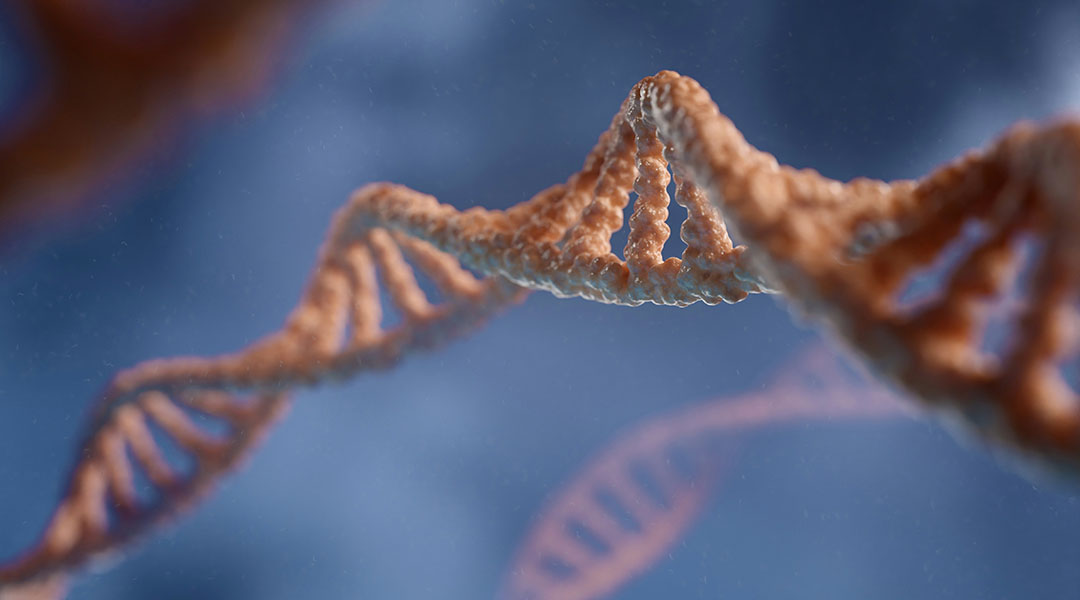
Scientists uncover how the complex interactions between nucleosomes influence DNA’s organization in chromosomes.

Scientists have uncovered the cause of rapid degradation in powerful gallium nitride lasers and develop a solution to extend their lifespan.